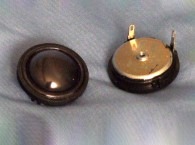
Kartesian sent Voice Coil a 28mm soft dome tweeter, the Twt28_vMS. Features include a proprietary Nylon-coated cloth type diaphragm and surround, a 28mm diameter CCAW voice coil wound on an vented aluminum former (this tweeter does not use magnetic fluid in the gap area, which I prefer on higher-end system designs), and dual N48H neodymium magnets (one magnet to buck the field into the gap area) fitted to a low-carbon-content steel motor structure.
An extruded polyester damped pole piece venting is shaped into a polyester damped stamped aluminum back enclosure, as well as a shaped enclosure below the suspension. (See the cutaway shown in Photo 1 and an exploded view shown in Photo 2). The rear and suspension enclosures are acoustically linked and tuned to about 670Hz. Other features include 92.5dB 2.83V/1m sensitivity, an aluminum faceplate, and nominal 6Ω impedance.
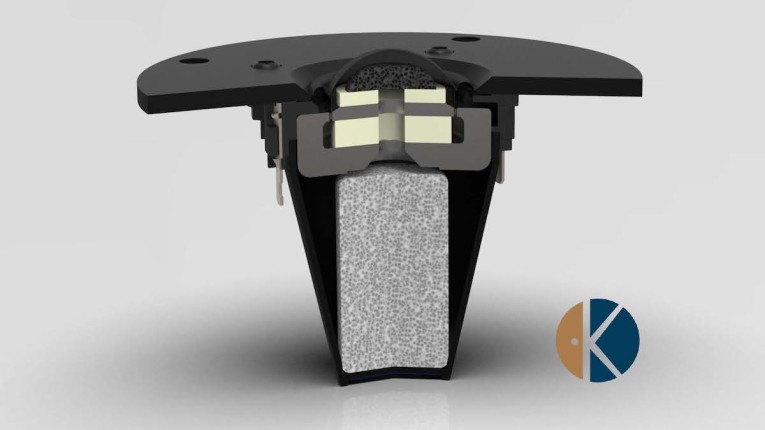

I commenced testing using the LinearX LMS analyzer to produce the 300-point impedance sweep illustrated in Figure 1. This tweeter presents a rather unique impedance that is typical of a vented enclosure, which it is. As previously mentioned, the rear chamber and the suspension chamber are acoustically linked. The minimum impedance between the two “humps” (this is created by the primary impedance resonance that is impinged upon by the vented band reject filter, thus creating the twin peaks) is 6.7Ω at 670Hz. DCR for the Twt28_vMS is 3.54Ω.

Following the impedance test, I recess mounted the Kartesian tweeter in an enclosure with a baffle area of 14” × 6” and measured the on- and off-axis frequency response using the LoudSoft FINE R+D analyzer (provided to Voice Coil by LoudSoft) and the GRAS 46BE 1/4” microphone (courtesy of GRAS Sound & Vibration). I set them up to measure the 200Hz to 40kHz frequency response (using a 192kHz sampling rate) at 2V/0.5m, normalized to 2.83V/1m. Sweeps were performed at 0°, 15°, 30°, and 45°. Figure 2 shows the on-axis response of the Twt28_vMS tweeter, which measured ±2.25dB from 1.7kHz to 13kHz, followed by a 2dB rise between 13kHz to 25kHz.

Figure 3 gives the on- and off-axis response of the Kartesian Twt28_vMS tweeter, with the off-axis curves normalized to the on-axis response in Figure 4. Figure 5 shows the CLIO 180° polar plot (measured in 10° increments with 1/3 octave smoothing). Figure 6 gives the two-sample SPL comparison of the Twt28_vMS, indicating the two samples were closely matched to within 0.5dB to 1dB throughout its operating range from 2kHz to 20kHz.
For the final group of tests, I fired up the Listen, Inc. SoundCheck AudioConnect analyzer along with the Listen SCM 2 1/4” microphone (provided courtesy of Listen, Inc.) and measured the impulse response with the tweeter recess mounted on the same 17” × 8” test baffle. Importing this data into the Listen SoundMap software produced the cumulative spectral decay (CSD) waterfall plot given in Figure 7. Figure 8 depicts the Short Time Fourier Transform (STFT) displayed as a surface plot. For the final test procedure, I set the 1m SPL to 94dB (2.6V), using a pink noise stimulus, and measured the second and third harmonic distortion at 10cm, illustrated in Figure 9. Distortion is dominated by the second harmonic with a very low third harmonic distortion, however even the second harmonic content is below 1% above 3kHz.
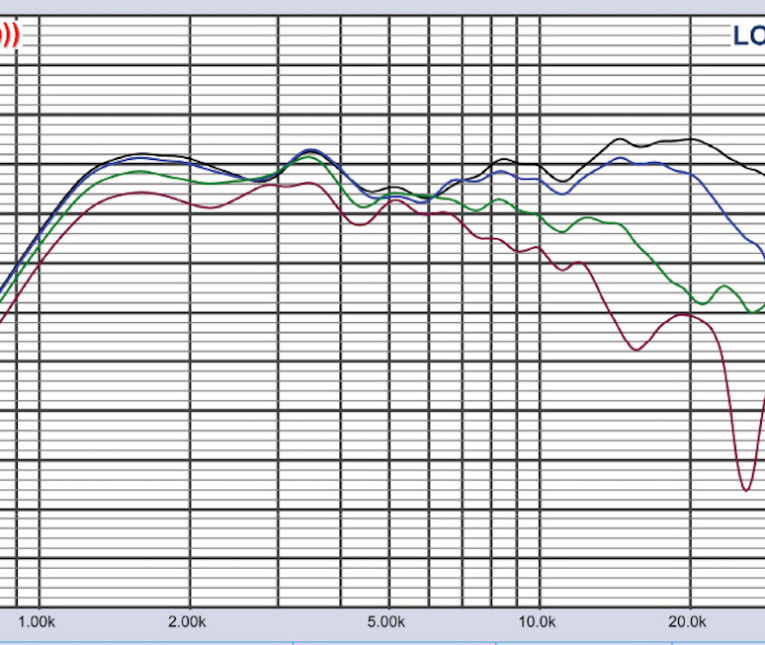
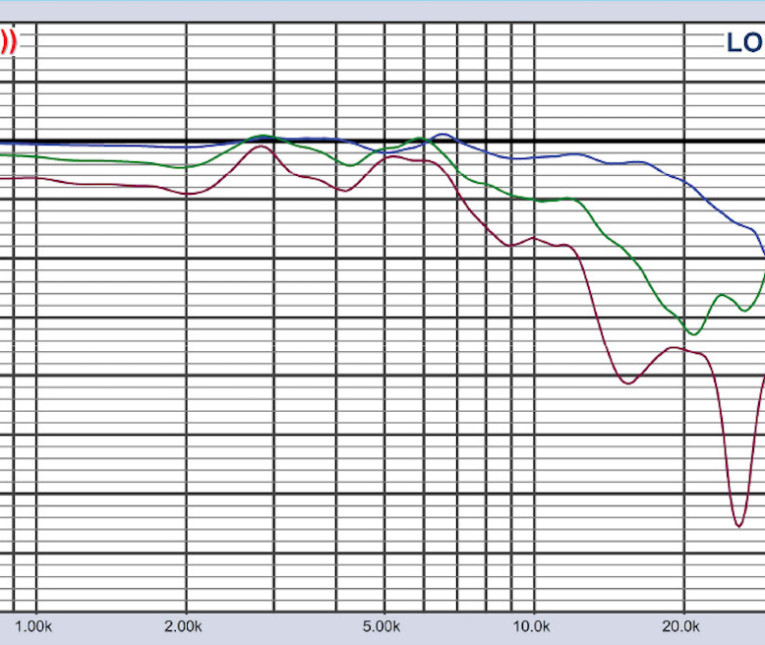
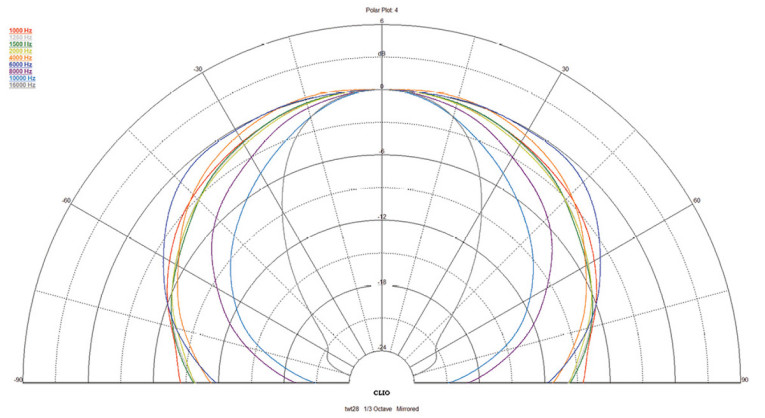
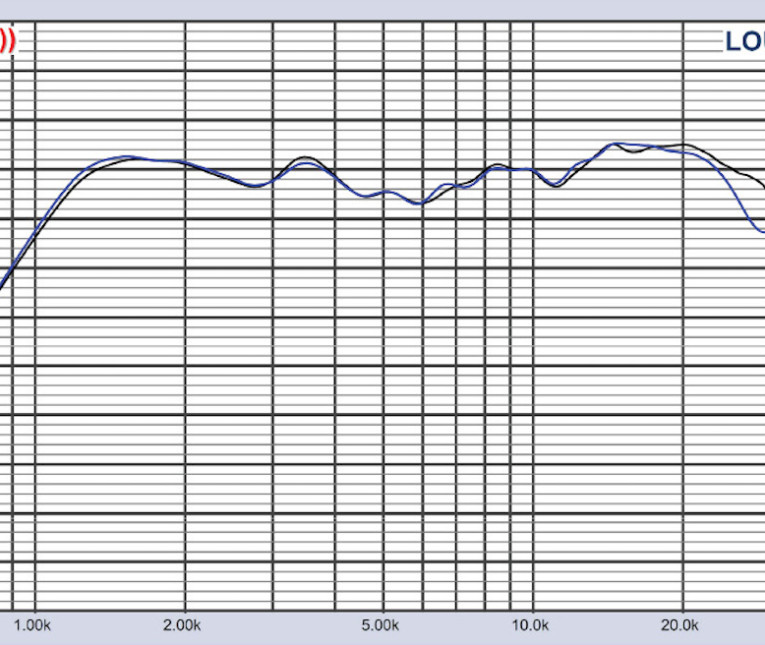


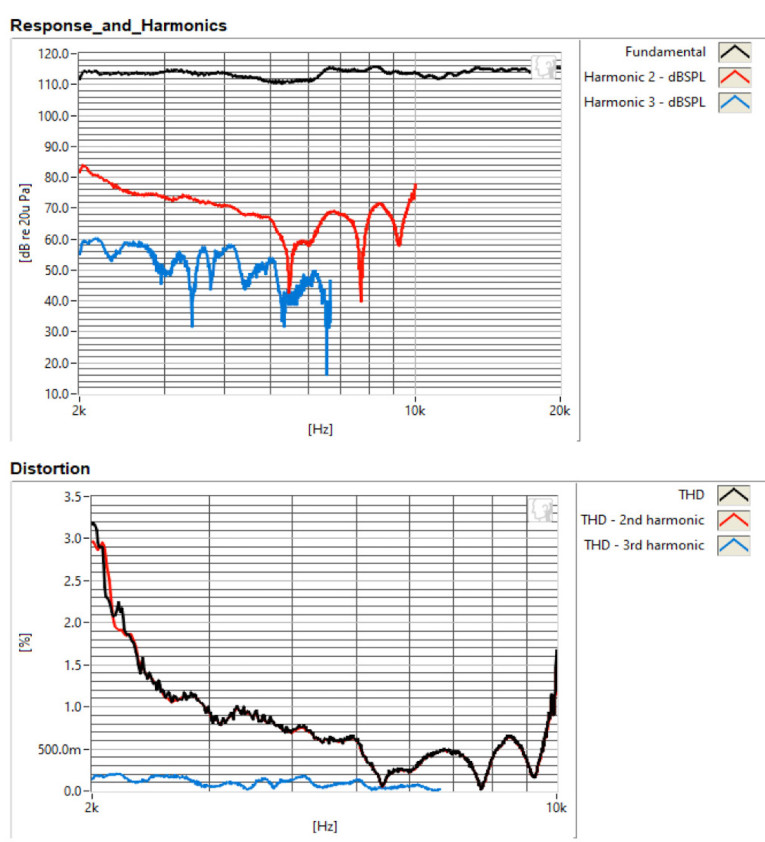
The build quality of the Twt28_vMS is definitely appropriate to the high-end two-channel and studio monitor market for which it is intended. So, given all the data I collected for the Twt28_vMS, I would say that this French high-end OEM is definitely a contender in a rarified atmosphere occupied by companies such as Scan-Speak, SEAS, Eton, Accuton, and others. For more information about this product, visit Kartesian at www.kartesian-acoustic.com. VC
This article was published in Voice Coil, May 2021






